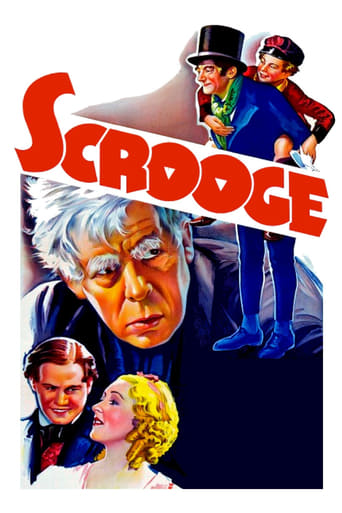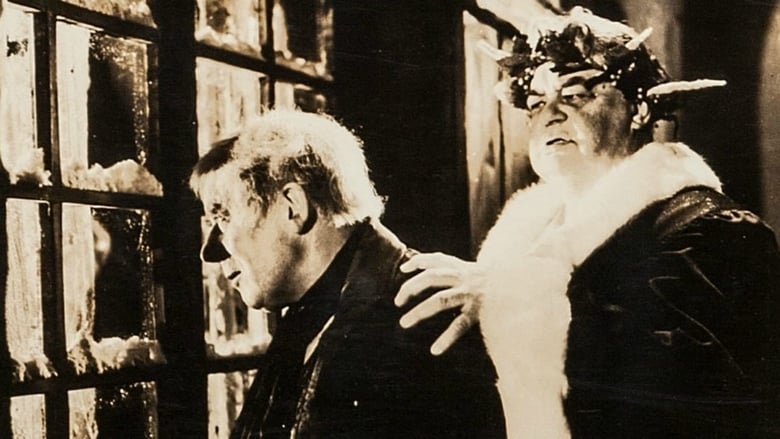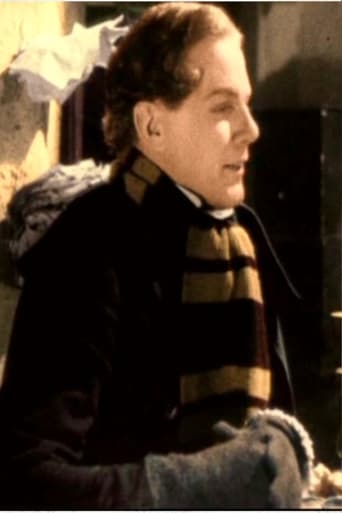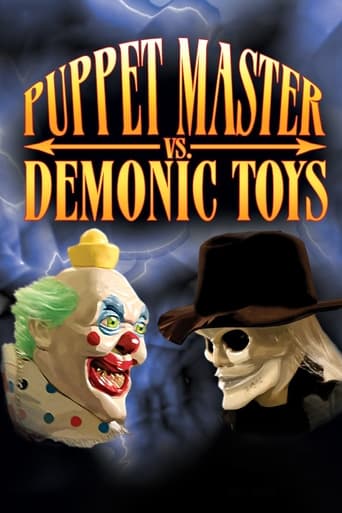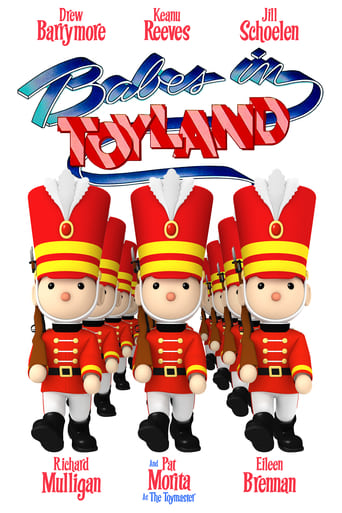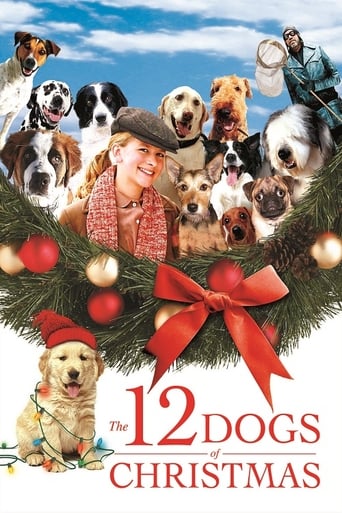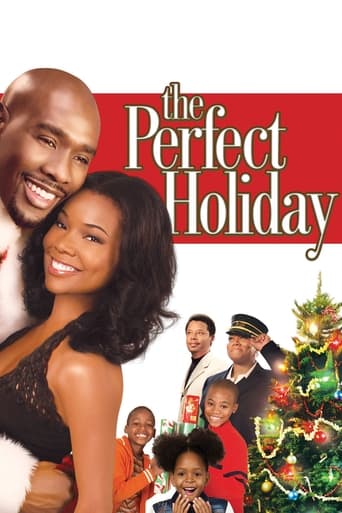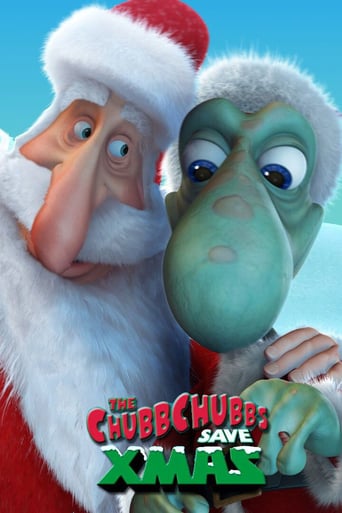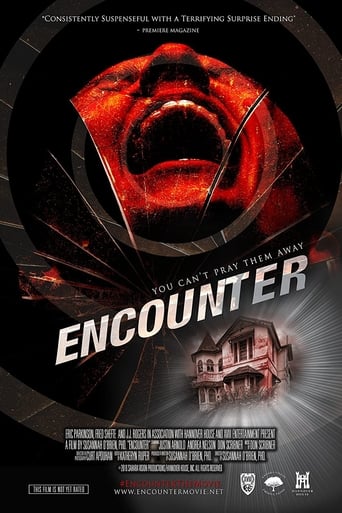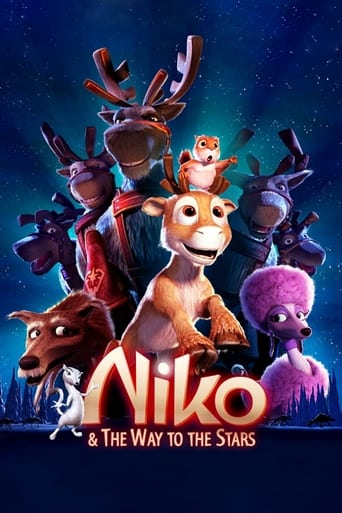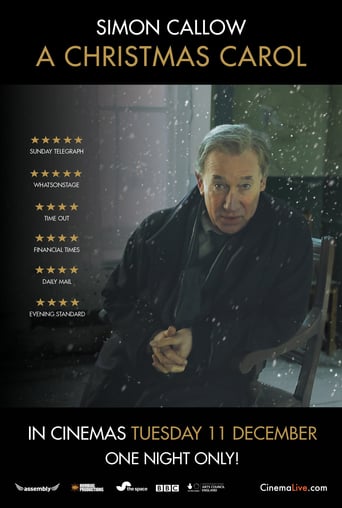Scrooge (1935)
Ebenezer Scrooge, the ultimate Victorian miser, hasn't a good word for Christmas, though his impoverished clerk Cratchit and nephew Fred are full of holiday spirit. In the night, Scrooge is visited by spirits of the past, present, and future.
Watch Trailer
Cast
Similar titles
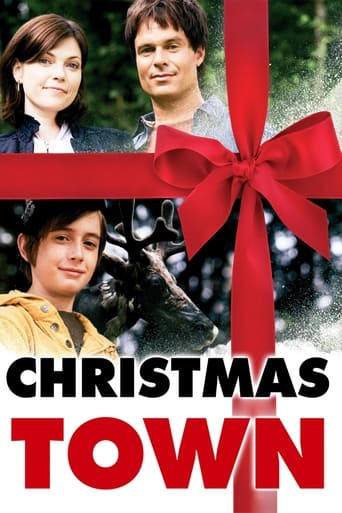
Reviews
Very very predictable, including the post credit scene !!!
Best movie of this year hands down!
To me, this movie is perfection.
The film makes a home in your brain and the only cure is to see it again.
The players (in credits order): Sir Seymour Hicks (Scrooge, a miser), Donald Calthrop (Cratchit, his clerk), Robert Cochran (Fred, his nephew), Mary Glynne (Belle), Oscar Asche (Christmas Present), Athene Seyler (Scrooge's housekeeper), Mary Lawson (poor man's wife), Maurice Evans (poor man), Garry Marsh (Belle's husband), Barbara Everest (Mrs Cratchit), Eve Grey (Fred's wife), C.V. France (Christmas Future), Morris Harvey (the poulterer), Philip Frost (Tiny Tim), D.J. Williams (the undertaker), Margaret Yarde (Scrooge's laundress), Hugh E. Wright (Old Joe), Charles Carson (Middlemark), Hubert Harben (Worthington).The technicians (transposed from the opening credits of the movie): Director: HENRY EDWARDS. Screenplay adaptation: H. Fowler Mear. Dialogue: Charles Dickens. Based on the 1843 novelette, A Christmas Carol, by Charles Dickens. Photography: Sydney Blythe, William Luff. Supervising film editor: Jack Harris. Film editor: Ralph Kemplen. Art director: James A. Carter. Music scored and directed by W.L. Trytel. Costumes: L. & H. Nathan. Hair styles: Charles. Producer supervisor: Hans Brahm. Assistant directors: Arthur Barnes, James Davidson. Sound recording: Baynham Honri. Visatone Sound System. Producer: Julius Hagen.Produced at Twickenham Film Studios. Copyright 30 December 1935 by Paramount. U.S. release through Paramount: 30 November 1935. New York opening at Loew's Orpheum: 13 December 1935. U.K. release through Twickenham: August 1935. Australian release through 20th Century-Fox: 1 January 1936. 78 minutes. COMMENT: Seymour Hicks was a Scrooge specialist. He'd played the role over two thousand times on the stage before making his initial film version in 1913 (for which he himself wrote the scenario). He'd no need to write the script for this one which follows Dickens so faithfully it even uses the novelist's own dialogue. To put it simply, Hicks is Scrooge to the letter. The other characters are likewise faithful transitions, and all are superbly brought to life here. Produced on an admirably lavish budget, the movie is brilliantly directed by Henry Edwards who imaginatively takes full advantage of the many prodigiously decorated sets. The music score is also a stand-out. In all, this is a truly moving yet spirited production that cannot be faulted even by the most fervent Dickensian. Those who dote on special effects, however, will have a beef. There are very few-and I think the movie is all the better for this restraint. For once, we don't have Marley's ghost visualized before our eyes-aside from his obligatory imposition on the door knocker. Instead we hear his voice and the ominous rattling of his chains. A few present-day critics have complained that Oscar Asche is far from their conception of Christmas Present-yet his appearance and his "business" are based on an extremely popular illustration widely circulated both in the book itself and as a Christmas card in the first half of the 20th century. To depict Christmas Present otherwise would have keenly disappointed most picturegoers. In fact, Oscar Asche was so admired in the part that his name not only became a household word but was widely used as a rhyming-slang synonym for "cash". I've lost count of the number of times I've been accosted in the street by friends, beggars and strangers who asked, "Got any Oscar Asche, mate? Any Oscar Asche?"
I bought the Legend edition which presents both the colorized version and the original black & white from 1935. Seymour Hicks is among the first actors to play Scrooge on sound films and remains one of the more successful. A look at IMDb reveals a Homeric catalog of great actors who have played Scrooge over the years on TV or in film: Fredric March, Basil Rathbone, Albert Finney, Tim Curry, Michael Caine, Patrick Stewart, Jim Carrey, among many others. Alistair Sim in the 1951 version, and Reginald Owen in the 1938 MGM version, of course, stand out amid this panoply. Lionel Barrymore was supposed to do the MGM version, but became unavailable for health reasons. Still, he went on to do many a radio version of Scrooge which can be heard today on cassette or CD. About the version by Hicks: he was 64 when he made the film, younger than the 51 of Sim and Owen when they made their versions, a more appropriate age for the role. He had played Scrooge on the stage for years beforehand, but he never quite shuffled off the theatrical acting style he was used to. Note how he rolls his eyes in his bedroom scenes when the ghosts come visiting. Still, he does a masterful job of portraying Scrooge as a miser. He is probably the most disreputable, dirty looking Scrooge you will ever see, a shambling wreck of a man, badly needing a bath, haircut, and a new wardrobe. Eating his cheap meal in a restaurant, he takes his change and doesn't leave a tip, much to the scorn of the waiter. It's amazing that he has a housekeeper who serves him his breakfast. Even some misers have their indulgences. I recommend this film as I would a Shakespeare play performed by different actors. Each actor brings something new to the familiar story, each production brings something novel and interesting. The Dickens story is timeless.
I've never warmed to this version of A Christmas Carol, probably because I've been spoiled by the wonderful Alastair Sim version. While I find Hicks' portrayal of Scrooge to be quite good and believable, the production itself feels a bit raced through - because it's missing 18 minutes of footage from the original version! - and is lacking human warmth. It's also quite a drawback that there are no special effects at all to speak of when it comes to the portrayal of the spirits. Old Marley's ghost isn't even seen, and the Ghosts of Xmas Past and Future are pretty basic. The opening of the film is quite good in establishing a real feel for London of the 1840s, especially with the not-refined playing of the amateur street band.The blu-ray brings a bit of improvement to the DVD version I own as part of VCI's "UCE" of the Alastair Sim version (which - like the BD under review - is also the 60-minute "cut" version of the 78-minute original). The included colorized version is so drab as to not seem to be in color at all. Little if any effort has been made to clean up or sharpen the film's image, though the soundtrack is relatively quiet for such an old film.Still, it's good to have different versions of this classic story available on film. I would certainly rank this production higher that the horrible George C Scott version, which is over-produced to within an inch of its life, and which has in Scott possibly the worst portrayal of Scrooge ever set down on film.Okay and nothing more.
There are many films that have been made over the years of the classic Charles Dickens story about the miserly Scrooge and his miraculous transformation on Christmas Eve. This 1935 British version has quite an antique feel to it, especially when compared to the 1951 Alastair Sim film. This film moves quickly, but still faithfully portrays Dicken's tale adequately. Sir Seymour Hicks transfers precisely Dicken's portrait of the cantankerous old penny-pincher, who reforms after the visitations of four ghosts and guarantees a bright future for Tiny Tim and all the Cratchit family. I quite enjoyed Donald Calthorp's portrayal of Bob Cratchit, bringing dignity, patience and the gentleness of the man, whether at home with is loving family or in the cold cruel office of Scrooge & Marley, and finally bravely dealing with Tiny Tim's death in the ghost-vision scene being observed by Scrooge. As I previously stated the film has an antique feel, partially due to it's age and by technical standards it is not perfect. Nonetheless this " Scrooge " has it's own charms, is finely played, and carries on at a pace which nicely conserves the Dickensian's classic Christmas story. If you are very fond of early films, and A Christmas Carol, you may find this version entertaining and interesting.
